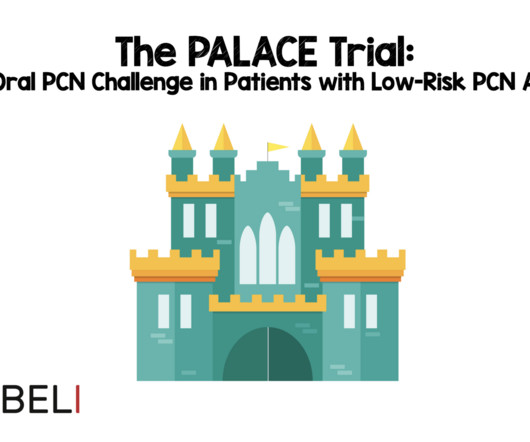Maintaining Resilience and Mental Health in the EMS Profession
NCOAE
SEPTEMBER 26, 2023
It’s Getting Worse Instead of Better Thanks to high healthcare costs and doctor shortages, many people don’t have access to a general practitioner , so guess who they call when they have nowhere else to turn, especially in the event of a mental health emergency? And those types of emergencies are on the rise.












Let's personalize your content